Government and military secrets can range from terrifying to amusing to downright absurd, but most are nothing short of intriguing. From a secret U.S. Air Force project to build a supersonic flying saucer to a now-famous World War II-era research program that produced the first atomic bombs to a plan to train domesticated cats to spy on the Soviet Union, here are 5 declassified military and CIA secrets.
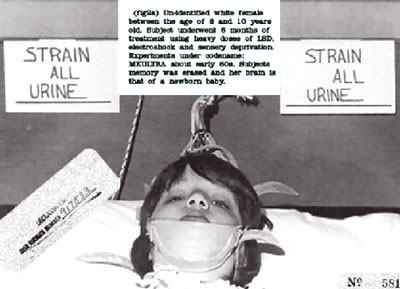
Project MK-ULTRA
During the Cold War, the CIA initiated Project MK-ULTRA, a secret and illegal human research program to investigate potential mind-control systems. The program’s operators examined the effects of hypnosis, biological agents and drugs, such as LSD and barbiturates, on human subjects. Some historians suggest the program was designed to develop a mind-control system that could be used to “program” the brains of potential assassins.
In 1973, then-CIA director Richard Helms ordered that all documents from Project MK-ULTRA be destroyed, but a formal investigation into the program was launched several years later. The project became the basis for several movies, such as “The Manchurian Candidate” and “The Men Who Stare at Goats.”
Manhattan Project
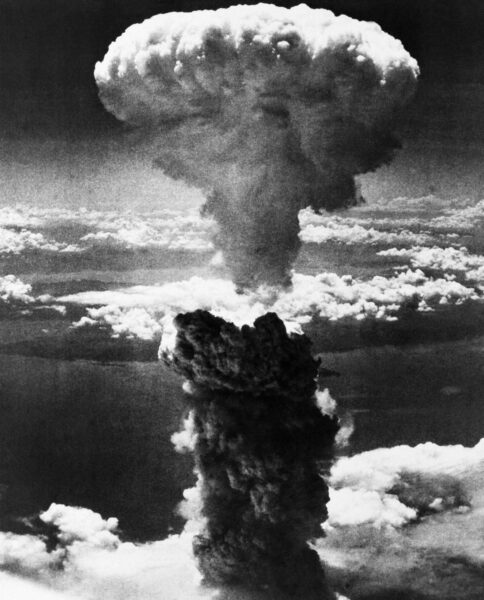
One of the most well-known secret research programs is the Manhattan Project, which eventually produced the world’s first atomic bombs. The project began in 1939, and was cloaked in secrecy as physicists investigated the potential power of atomic weapons. From 1942 to 1946, Major General Leslie Groves of the U.S. Army Corps of Engineers led the Manhattan Project.
The first nuclear bomb was detonated at 5:30 a.m. on July 16, 1945, during the so-called Trinity test at the Alamogordo Air Base, 120 miles (193 km) south of Albuquerque, N.M. The explosion created a mushroom cloud that stretched 40,000 feet (12,200 m), and the bomb’s explosive power was equivalent to more than 15,000 tons of TNT.
A month after the Trinity test, two atomic bombs were dropped on Hiroshima and Nagasaki in Japan in the waning stages of World War II. To date, the bombings of Hiroshima and Nagasaki remain the only uses of nuclear weapons in war.
Maybe you’re interested in: 5 Incredibly dumb things scientists used to believe
Color-Emotion Connections Often Cross Borders and Cultures, Study Finds
Project Grudge
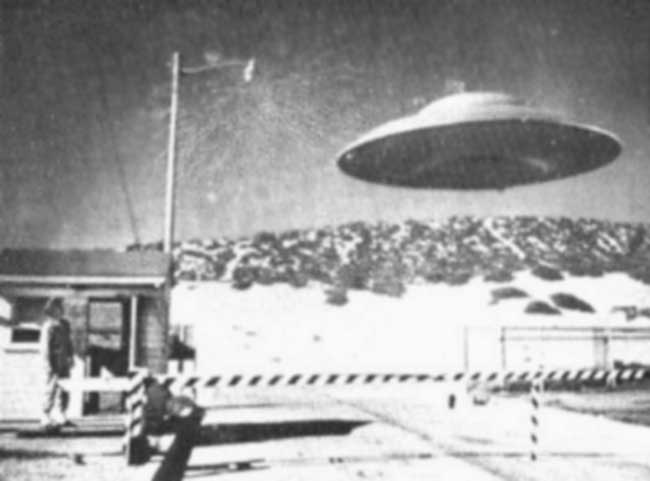
While Area 51 was not a top-secret base designed to study extraterrestrials, the U.S. Air Force did study the existence of UFOs. Project Grudge was a short-lived program launched in 1949 to study unidentified flying objects. The mission followed an earlier program, known as Project Sign, which published a report in early 1949 stating that while some UFOs seemed to be actual aircraft, there was not enough data to determine their origins.
Critics of Project Grudge said the program solely set out to debunk UFO reports, and very little actual research was conducted. In his book on the topic, Edward J. Ruppelt, Air Force Captain and director of Project Grudge, wrote: “It doesn’t take a great deal of study of the old UFO files to see that standard intelligence procedures were not being followed by Project Grudge. Everything was being evaluated on the premise that UFOs couldn’t exist. No matter what you see or hear, don’t believe it.”
Mapimi Silent Zone
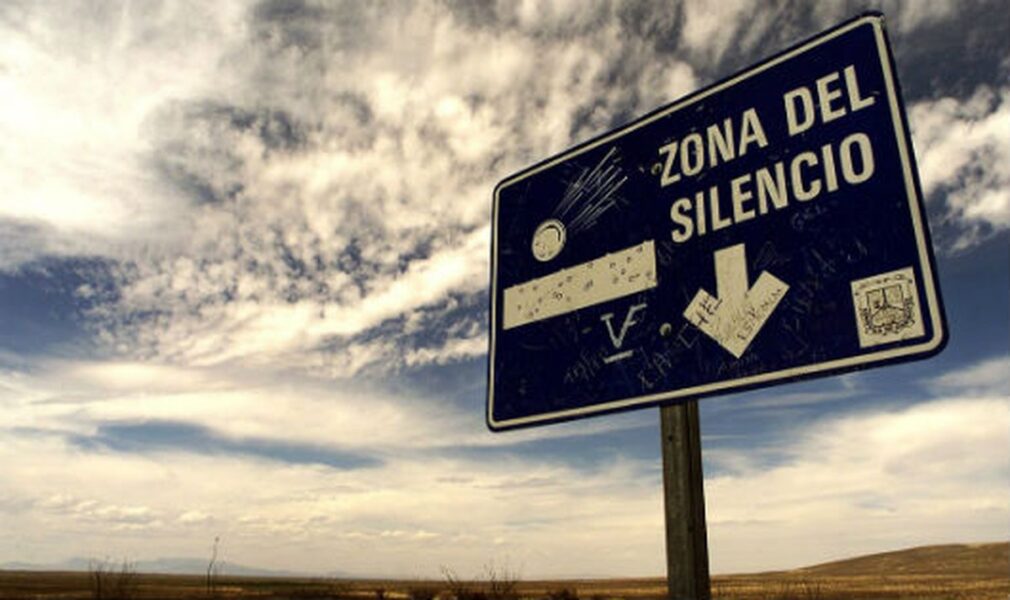
A declassified document could help clear up some urban legends at one of Mexico’s most bizarre tourist traps. The so-called Mapimí Silent Zone is a small stretch of desert in Durango, Mexico, where, according to local legend, radio waves cannot be transmitted. Often compared to the Bermuda Triangle, Mapimí is frequented by tourists looking for a paranormal adventure.
But the real reason that Mapimí is an interesting location has nothing to do with aliens or paranormal energy — it has to do with a big mistake by the U.S. Air Force. In 1970, an ATHENA V-123-D rocket carrying two small vials of cobalt 57 (a radioactive isotope that is sometimes used in salted bombs) crashed in the Durango desert. The rocket was supposed to land in New Mexico, according to documents declassified in 2013. Local legends may have sprung up as a result of this Air Force flop.
My Lai Massacre
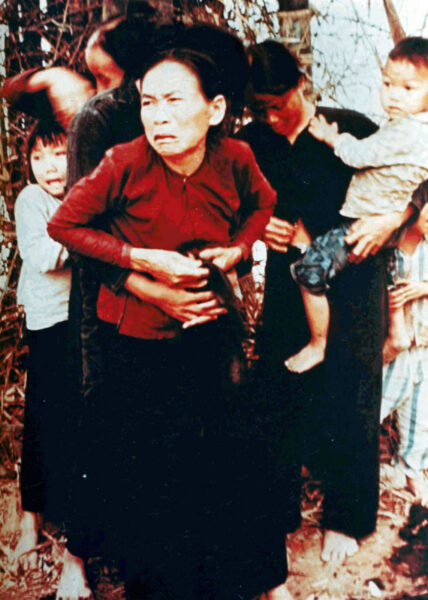
In March 1968, American soldiers murdered hundreds of unarmed civilians in the South Vietnamese hamlet of My Lai, according to accounts of the massacre that describe harrowing killings of at least 300 women, children and elderly people.
Army officials managed to cover up the massacre for a year before an investigative journalist with the Associated Press (AP) brought the atrocity to the attention of the American people in November 1969. In light of news reports, an official inquiry was made into the events at My Lai and was concluded in March 1970. The inquiry resulted in criminal charges against 14 U.S. Army officers, all but one of whom were acquitted for their crimes. Declassified documents associated with the inquiry are available from the Library of Congress.
In the wake of the My Lai massacre, the Pentagon established a task force known as the Vietnam War Crimes Working Group, which investigated incidents similar to the killings at My Lai. That group compiled more than 9,000 pages of documents detailing crimes by U.S. troops during the Vietnam War, many of which were declassified during the 1990s. These and other declassified documents regarding Vietnam War crimes can be accessed through the National Archives.
Have you ever heard about one of them? You can read other topics HERE
Source https://www.livescience.com/40172-declassified-military-cia-secrets.html

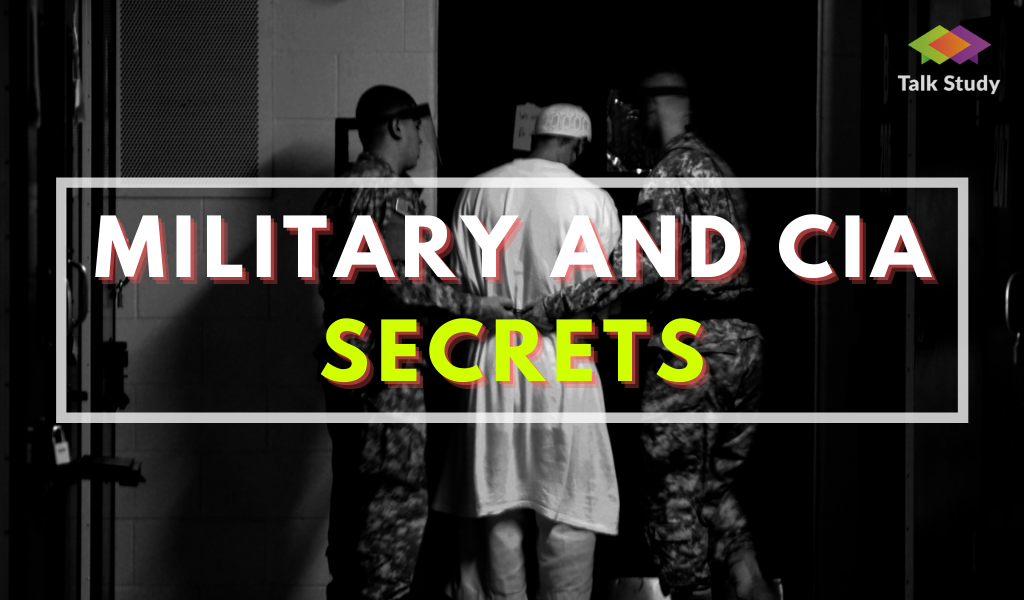




Recent Comments